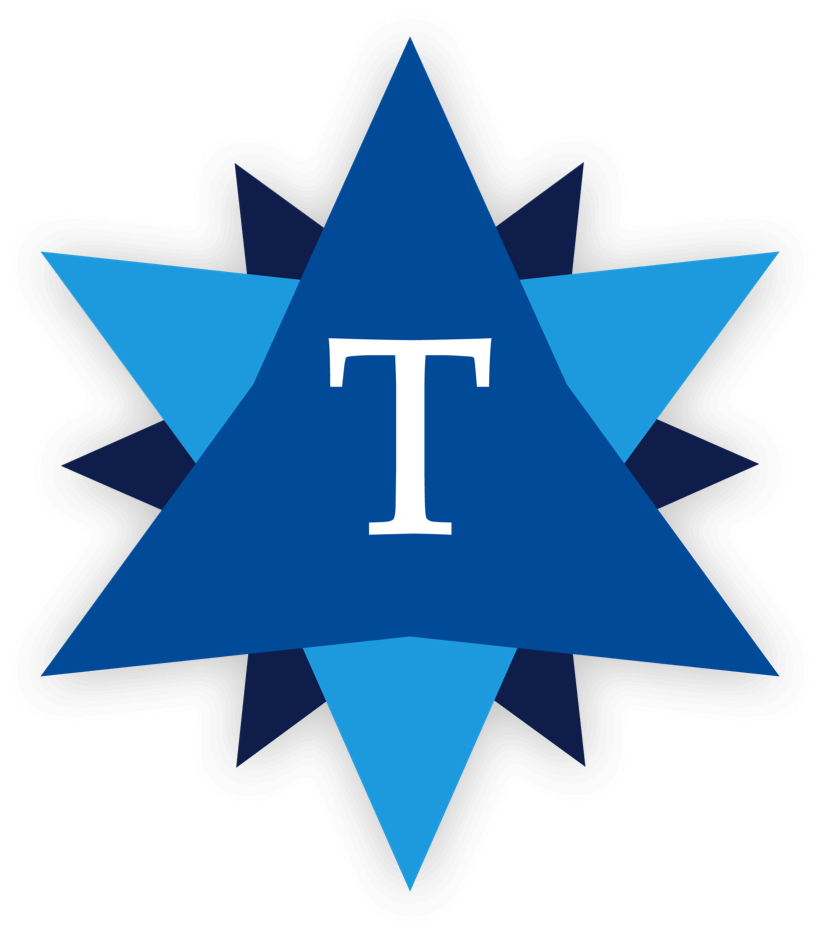The Unfulfilled Promise of CRM: A One-of-a-Kind Event
Author

On Wednesday, November 16, Tambellini Group hosted a one-of-a-kind event for institutions and organizations interested in CRM (constituent relationship management) in higher education. Tambellini’s Higher Education Summit: CRM Systems brought together top strategic executives from Microsoft, Salesforce, and Technolutions for a candid discussion among competing solution providers and market leaders. Panelists for the event included
- Rob Curtin, Director, Higher Education, Microsoft
- Bala Subramanian, VP and GM, Education, Salesforce
- Alexander Clark, Founder and CEO, Technolutions
The distinguished panelists compared their definitions of CRM and offered a transparent look at their plans to serve higher education institutions in the most meaningful ways. Some excerpts from our question-and-answer session are provided below.
What is your company’s vision for enterprise CRM?
Microsoft
“Learner empowerment. We feel it’s our obligation to have consumer-side infrastructure seamlessly connect with institution-side infrastructure. Sharing of consumer identity and claims from an institution make learning pathways for the individual much more powerful.”
Salesforce
“We believe in becoming that engagement platform for all stakeholders involved in optimizing outcomes for lifelong learners. With a focus on serving the entire learner journey, we bring together all data, regardless of source, to enable real-time, personalized experiences.”
Technolutions
“We recognize that CRM is complex and nuanced. Not everyone has the same destination. We see enterprise CRM as a combination of practices—not everything in one platform as the ideal end stage, but reducing total cost of ownership and having a shared set of technologies to deploy across campus.”
What strategies do you have in place that will help institutions meet their CRM challenges?
Salesforce
“We refer to the practice of CRM as the ‘jobs to be done.’ Our mission is to enable all the stakeholders to do their jobs in the best possible way to create the best outcomes.”
Technolutions
“Focus our energies on the fundamental parts of the college or university lifecycle—from prospective student to enrolled student to alum to donor—and deliver best in class at each stage of recruitment, enrollment, advising, retention, and advancement.”
Microsoft
“From a platform perspective, give users the capability to access the data, systems, and nudges they need from the tools that they’re already in. Give users a unified platform for data, insight, identity, and integration.”
How are you helping institutions build pathways to integrated and enterprise CRM solutions?
Technolutions
“Aid in transparent data synchronization for institutions that want to maintain purposeful data silos. Agility and nuance may be key factors in choosing what to synchronize.”
Microsoft
“Put CRM capabilities into the tools already being widely used. Help institutions focus the planning process. What are an institution’s now, next, and north star?”
Salesforce
“Deliver a platform that is open and extensible and offers choice. With tools like MuleSoft, Tableau, and Slack, create system integrations for all types of collaboration—people to people, people to app, and app to app.”
Watch the recording for more insights from these top strategic executives at the leading CRM solution providers.
Categories
- Academic Administration
- Advancement
- Content Management
- CRM Platforms
- Customer Experience (CX)
- Cybersecurity
- Data Management and Analytics
- Enterprise Portals and Mobile Apps
- Event Management
- Finance
- HCM/HR
- IT Tools and Infrastructure
- Life at Tambellini
- Services
- Student
- Teaching and Learning
- Technology Leadership
- Thought Leadership
- Uncategorized
Share Article:
